The best social media platforms for video content in 2025 [consumer data]
Video is everywhere right now. As a basic Millennial, my video diet mostly consists of YouTube and Instagram, but hop on any social media platform, and I bet you’ll run into a short-form video as you scroll through your feed.
![The best social media platforms for video content in 2025 [consumer data]](https://www.hubspot.com/hubfs/Untitled%20design%20-%202024-09-13T190325.614.png)
Video is everywhere right now. As a basic Millennial, my video diet mostly consists of YouTube and Instagram, but hop on any social media platform, and I bet you’ll run into a short-form video as you scroll through your feed.
With TikTok’s future uncertain, many social media platforms are trying to capture more of their audience and debuting features to support vertical videos. YouTube, Instagram, and even LinkedIn are now constantly pushing out updates to elevate video content.
“Everyone wants to be like TikTok and they‘re saying, ‘Let’s take a gamble here,’” says Brian Alves, founder of Marketing Nerds.
Before we explore the vast video options marketers have at their disposal, let's dive into the importance of social media videos, where consumers are watching them, and other important findings.
Table of Contents
- Where are consumers watching social media videos?
- 14 Best Social Media Video Platforms
- Tips for Sharing Social Media Videos
Where are consumers watching social media videos?
YouTube, Instagram, and TikTok are among the social media platforms with the highest ROI, according to our 2025 State of Marketing Report. So, it’s safe to say that’s where most consumers watch social media videos.
Short-form videos take center stage, with 29% of marketers saying that it’s the format they use the most, and 21% of marketers saying that it gives the highest ROI.
Now more than ever, people get all sorts of information from video. I get my news, recipes, DIYs, and product reviews through social media videos, and I’m not alone. A survey done by Wyzowl shows that 78% of consumers said they prefer to watch videos to learn more about products and services instead of other media, and 89% of consumers said that watching a video has convinced them to buy a product or service.
Given these stats, the importance of social media videos cannot be overstated. So without further ado, I give you the best video platforms and a rundown on their latest video updates.
Want to learn more about the state of video marketing? Check out our latest Social Media Video Trends Report for insights from over 1,000 social media marketers.
1. YouTube
YouTube is the largest video-sharing platform and the second-largest social media platform in the world, with global users expected to top 2.85 billion this year. It is also the only platform on this list that has taken a large chunk of the TV streaming market.
In February 2025, CEO Neal Mohan said that more people are now watching YouTube on TV than on their phones. That same month, YouTube also overtook broadcasting behemoths like Disney and FOX, amassing more of viewers’ TV time according to Nielsen’s Media Distributor Gauge,

So, if you’re wondering if the platform can be a great addition to your video marketing or social media strategy — the numbers suggest that’s the right move.
What I love most about YouTube is how the platform can host diverse formats of videos, such as live streaming, short-form videos, and long-form videos, and they have different tools available to help you reach your creative vision.
You can also utilize YouTube's Community tab to speak to engage with your audience in between video uploads.
Other key features and benefits include:
- AI-generated transcriptions and captions.
- Straightforward privacy settings.
- Option to pay to promote your videos on YouTube and Google.
- The ability to curate your videos into playlists.
- Data analytics and management tools via YouTube Studio.
- Monetization options via the YouTube Partner Program.
- Robust audio library.

2. TikTok
TikTok is an excellent platform for attracting a Gen Z audience.
Our 2024 Consumer Trends Report shows that 48% of Gen Z consumers prefer to learn about new products via short-form videos on TikTok, and 72% say they've used the app in the last three months.
And of course, there’s TikTok Shop which drove social commerce gains in 2024, which rose by 26%, according to EMARKETER.
Some of my favorite marketing features of TikTok are:
- Live stream shopping capabilities.
- Several monetization opportunities, including the ability for viewers to send gifts.
- Hashtags for boosts in engagement and community building.
- Advertising options for business accounts.
- Constantly growing library of trending songs and sounds.
3. Instagram
Instagram is also popular among Gen Z, with 72% reporting to have used the app in the last three months. It's a great platform for promoting products and selling them in-app.
They’ve also invested a lot into Reels, rolling out more features and updates in the past few months.
For me, the most exciting change is being able to upload videos up to three minutes long instead of 90 seconds. Gone are the days where I have to shave literal seconds off a TikTok to cross-post on Instagram.
Here are some of the best features:
- Ecommerce capabilities via Instagram storefronts.
- Live stream capabilities.
- Shoppable stories.
4. Facebook
Facebook is known to be more popular among Millennials and Gen X, but our Consumer Trends Report shows that it's going strong across all age groups. Our report shows that 82% of consumers are using it.
Facebook is also great for reaching local customers if you are a service-based business like landscaping or home improvement, Alves told me. You’re able to post about your business or chime in when people are looking for recommendations, depending on where your business is based and the rules of your neighborhood page. (Make sure to check with the moderators first to know what the rules are for businesses.)
Features include:
- Facebook Live
- Facebook Stories
- Paid Video Ads
- Community pages to connect with your audience
5. Snapchat
If you want to reach younger audiences, Snapchat may be for you. Almost 40% of Snapchat’s global users are from Gen Z.
Marketing on Snapchat can be tricky since the app’s main draw is that users can send each other videos and photos that disappear after 24 hours. It’s more popular for interpersonal communication.
However, marketers can still leverage the app thanks to various features like Snap Ads, Story Ads, Collections Ads, and my personal favorite, customizable AR filters that can help you increase brand awareness and engagement.

6. Twitch
Twitch is a live streaming platform especially popular among gamers; however, you don’t need to be in the gaming industry to leverage it.
Take some pointers from Gillette. In 2024, Gillette leaned heavily on the platform’s gamer demographic with its campaign “Hit Reset with Gilette.” They partnered with popular Twitch streamers and sponsored Twitch Rivals, Twitch’s e-sports tournament.
Twitch has also launched new features to help brands and streamers to forge partnerships. They’re experimenting with sponsored subscriptions, which allows brands to gift or subsidize subscriptions during live streams. Sponsors can also create custom channel skins that are overlaid on a channel’s stream similar to ad banners on TV broadcasts.
In 2025, they’ve also made it easier for creators to connect with sponsors. They launched Creator Profiles, which is essentially a calling card with stats and information about the channel that creators can also show to potential sponsors outside the platform. It also partnered with StreamElements and integrated it into creators’ Twitch dashboards to make connecting with sponsors and managing sponsorships a lot easier.
My favorite Twitch features and benefits are:
- Monetization options via its affiliate and partnership programs.
- Stream scheduling.
- Live comments.
- Channel analytics.
7. X (formerly Twitter)
X is also hopping on the video train. In January 2025, it launched a dedicated video tab that’s similar to TikTok.
If you’re just starting out, users without an X subscription can upload videos up to 140 seconds long. Subscribers using iOS and the desktop version of X can upload videos up to four hours long, while subscribers on Android can upload videos up to 10 minutes.
8. Bluesky
X competitor Bluesky has been slow-rolling its investment into video since it launched in 2024. As of 2025, users can now upload videos up to three minutes long, and they can also pin a customized video feed on the app.
While Bluesky is still fairly new and staunchly ad-free, I’ve found the conversation buzzing and it seemd like people are engaged. Early adopters include news publishers like the New York Times and The Boston Globe. You can also find companies like Netflix, Steam, and Calm regularly posting there as well.

9. LinkedIn
LinkedIn has also been investing heavily in video. In 2024, it rolled out in-feed video carousels on the app, and a dedicated video tab. It also launched the Wire Program which allowed some brands to run pre-roll ads before video streams from a small number of publications like Bloomberg and The Wall Street Journal. LinkedIn then opened up the Wire Program to more companies in 2025.
And it appears that their bet on video paid off. Microsoft announced that in Q4, video was the fastest-growing format on LinkedIn.
Similarly, Alves has written in his newsletter how LinkedIn’s algorithm now favors video over other types of content saying, “Be like TikTok or die.” But he advises his clients that they should be mindful about what works well on LinkedIn.
“It‘s a platform where if you’re going to be talking about business topics, struggles that you have as an entrepreneur… that's the platform to be on,” Alves says.

10. Pinterest
I love browsing Pinterest for ideas for colorful outfits and home decor. Because it’s pretty much a digital vision board, it totally makes sense that videos work really well on Pinterest, since most people come on the site to seek products and find inspiration.
Etsy, for example — which has 11 million followers and 10 million monthly views on Pinterest — curates different boards on topics like DIY, home decor, and weddings.
In between images of beautiful vases and whimsical embroidery are videos that show brief tutorials and people showcasing unique handmade goods.
Other useful features are:
- Shoppable video ads featuring a video clip promoting relevant products to users with similar interests.
- Personalized collection ads that are a collage of one large asset, called a hero, and three smaller assets that can be either photo or video.

11. Tumblr
Tumblr TV is back. This feature was first introduced in 2015 as an experimental GIF finder only available to select users but was resurrected in 2025 and given its own dedicated tab on people’s dashboards.
I find Tumblr TV a bit unique compared to all the other unique video feeds we’ve seen so far. First, Tumblr TV has curated channels and a recommendation section that users first see when they click the tab. Second, the feed includes mixed media carousels that contain GIFs and images, which I think is refreshing.
While a quick search on Tumblr shows that longtime users are not happy that Tumblr TV is back, it seems like a good time for Tumblr to jump into video.
As of 2025, 50% of Tumblr’s active users are Gen Z, as well as 60% of new sign-ups, according to data shared with Business Insider. The site has also seen jumps in sign-ups when TikTok was briefly banned in the U.S. and when X was banned for a few months in Brazil.
12. Discord
Marketers typically use Discord for community marketing. They create a designated space (server) that serves as a central hub for interactions between the brand and its consumers, divvying them up into different channels that appeal to their interests.
So, where does video come in? Well, I added Discord to this list because brands can do things like hold community events around product launches. They can show demonstrations and hold watch parties where people can comment along and feel like they’re getting exclusive access to content.
Companies can also set up stage channels, which is just what it sounds like: it’s a stage where you can designate speakers and hold presentations. Text chats are also available if people want to engage with the speakers and audience members.
13. Nextdoor
Nextdoor is a community-based social network that lets neighbors ask each other for recommendations and post local news. One of my neighbors recently posted a photo of some baby bunnies that she uncovered in her garden, and they were adorable. As someone who loves learning about stuff to do around my area, it’s quickly becoming one of my favorite social media sites to browse.
With its hyperlocal focus, Alves advises his clients with service-based businesses to post on Nextdoor. According to Nextdoor, 79% of users — or neighbors as they like to call them — were influenced to visit a business that they saw on the app.
Advertisers can post video ads up to three minutes long with supporting ad copy with up to 800 characters. The app also has a feature called dynamic local substitution that automatically changes city names in ad copy to make the ad more relevant to locals.
14. Substack
Substack has made bold moves to lure TikTokers to their platform. In January 2025, Substack CEO Chris Best announced a “$25,000 TikTok Liberation Prize” in his personal account. The goal: “To rescue the smart people from TikTok,” offering the prize to “the creative genius who can make a TikTok video that sparks a trend.”
Similar to other social media sites, Substack also announced a dedicated scrollable video feed on the app in March 2025.
According to Annie-Mai Hodge, founder of Girl Power Marketing, “This move aligns with a growing trend: brands are using Substack not just as a publishing tool, but as a space to express values, test ideas, and connect with communities in a more intentional way.
“The new video feature could amplify this shift – making it easier to deliver updates, behind-the-scenes content, or light thought leadership in a format that still feels personal and owned.”
Tips for Sharing Social Media Videos
1. For most platforms, zone in on short-form videos.
As you can see from my examples above, many social media networks are capitalizing on TikTok’s uncertainties and rolling out vertical video feeds to attract both creators and audiences to their platforms.
If you haven’t already, it’s a great time to experiment with these new feeds with some short-form videos and get noticed. And if you’re already posting on TikTok, try cross-posting to these newer video feeds.
But when you’re ready to start creating short-form videos, Meisha Bochicchio, a digital content marketing program manager at Broadcom, says to make sure videos are autoplay-friendly.
“Keep them short and put your key messaging in the first few seconds,” she said.
“Remember that most people won’t hear your audio, so make sure your videos are also silent-friendly, ” Bochicchio advises. “Consider text overlays, or upload captions directly on platforms like LinkedIn, Twitter, and Facebook.”
To learn more about this strategy, check out this post on snackable content or this post that highlights the latest short-form video trends.
And if you want to make snackable content on your own, our AI-powered Clip Creator tool can convert text into professional videos for your business with just a few clicks.
2. Test different video formats, too.
While short-form video content is a great tactic to harness, you can still publish longer videos as long as they're engaging and valuable to your audience.
For example, while people might not want to watch a two-hour commercial, they could watch a longer live video Q&A, an interview with a thought leader, product demos, explainer videos, or a video that tells a longer but entertaining story.
You can also test out other formats, such as live streams and shopping videos — it's worth noting that 46% of Gen Z consumers in the U.S. have participated in live shopping events. As new video formats emerge, it can be helpful to determine if they might work for your brand and start doing some testing.
Be sure you identify and track the right success metrics. For example, if you’re testing a longer video, look at its views and drop-off rates to see how long viewers stay tuned.
If you want to try a more interactive approach like a live stream or Q&A, you can also take note of views, comments, and engagements on the content while you’re live.
3. Meet your video audiences where they are.
Luckily, to create a great marketing strategy you don’t have to — and let’s be honest, shouldn’t have to — place your videos on every single social media platform. Content will often perform better on some social media platforms than others.
“The best platform depends on your audience, what type of business you have, and who you want to reach,” says Alves. “My answer is always different.”
Alves says that ecommerce companies tend to do better on TikTok. And if you’re trying to reach a more professional audience, then LinkedIn is the answer.
It helps to learn about the demographics of each major network and figure out who you want to reach. Know your audience, and set yourself up for success.
4. Don't always lean on repurposed content.
During my early days as a content creator, I would often repurpose content across multiple platforms. That strategy was sufficient for a while, but things have changed since then.
And while it can still be beneficial for brands to repurpose some video content for different platforms when they have similar audiences and features, it’s certainly better to tweak videos to suit each platform — or just focus on one platform when creating a video.
That being said, posting the same content on multiple platforms can also be a great way to test whether your content strategy for one platform will resonate with the audience of another.
If you have no choice but to repurpose much of your content, be mindful of the time limits on each platform. Many social media sites have finally extended their maximum short-form video lengths past one minute or 90 seconds after much grief (I’m looking at you, YouTube!), but there are still some that haven’t.
And please, whatever you do, avoid downloading videos from one platform to post on another. Always upload the original video each time. Platforms like TikTok and Instagram will deprioritize your content if it has a watermark from another network.
5. Embrace influencers and customers.
Even if you‘ve done all of your research and churn out videos daily, it can still be incredibly hard to post a viral piece of content that grows your audience. That’s why partnering with influencers or thought leaders is one great growth strategy.
In 2024, marketers reported that they saw the most success working with smaller-scale influencers with fewer than 100k subscribers. They found that these smaller-scale creators are more trusted by their followers and gave brands access to niche, tighter-knit communities.
But if you can't afford to have an influencer help boost your video strategy, you can also look towards happy consumers.
With this strategy, you can encourage customers to share a video about their experience with your brand on social media, or you can create a video filled with multiple pieces of user-generated content from happy customers.
According to a consumer survey by Wyzowl, 89% of consumers said they were influenced to buy a product after watching a video, and 96% said that they’ve watched explainer videos to learn more about a certain product or service.
Because today's consumers crave authenticity from brands, getting your business’ fans to hype up your product or service is a great way to spread brand awareness and boost trust with consumers.
Navigating Social Media Content
Now more than ever, social media and content marketing are evolving — but looking at the data, short-form vertical videos are here to stay.
I know it’s hard to keep up with all the constant updates on each platform, but once you start to hit your groove on a platform or two, it’s worth keeping up with any changes to the algorithm so your brand continues to stand out.
Editor's note: This post was originally published in June 2021 and has been updated for comprehensiveness.
![]()













_1.jpg)







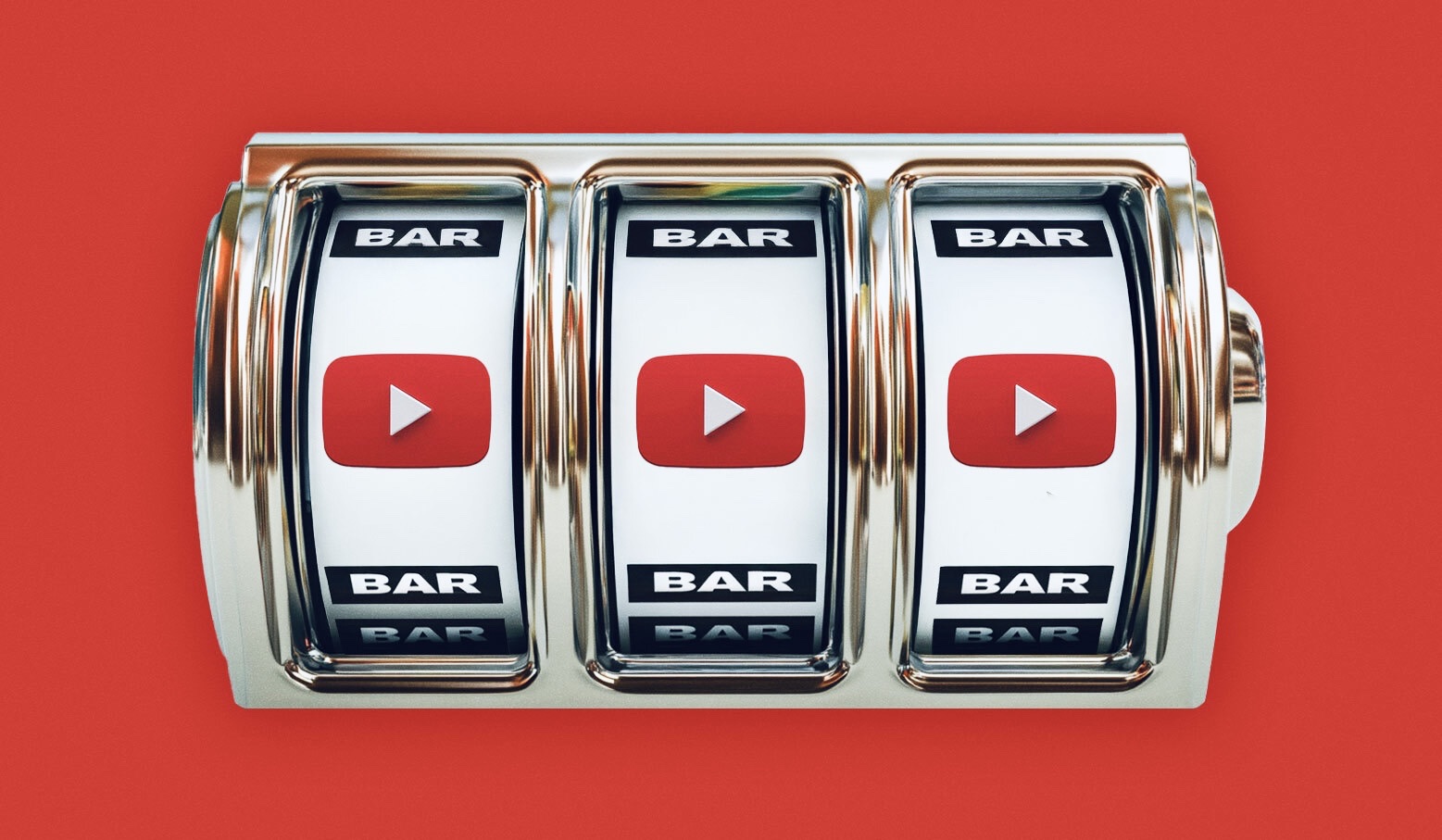

![How To Drive More Conversions With Fewer Clicks [MozCon 2025 Speaker Series]](https://moz.com/images/blog/banners/Mozcon2025_SpeakerBlogHeader_1180x400_RebeccaJackson_London.png?auto=compress,format&fit=crop&dm=1750097440&s=282171eb79ac511caa72821d69580a6e#)

![Brand and SEO Sitting on a Tree: K-I-S-S-I-N-G [Mozcon 2025 Speaker Series]](https://moz.com/images/blog/banners/Mozcon2025_SpeakerBlogHeader_1180x400_LidiaInfante_London.png?auto=compress,format&fit=crop&dm=1749465874&s=56275e60eb1f4363767c42d318c4ef4a#)

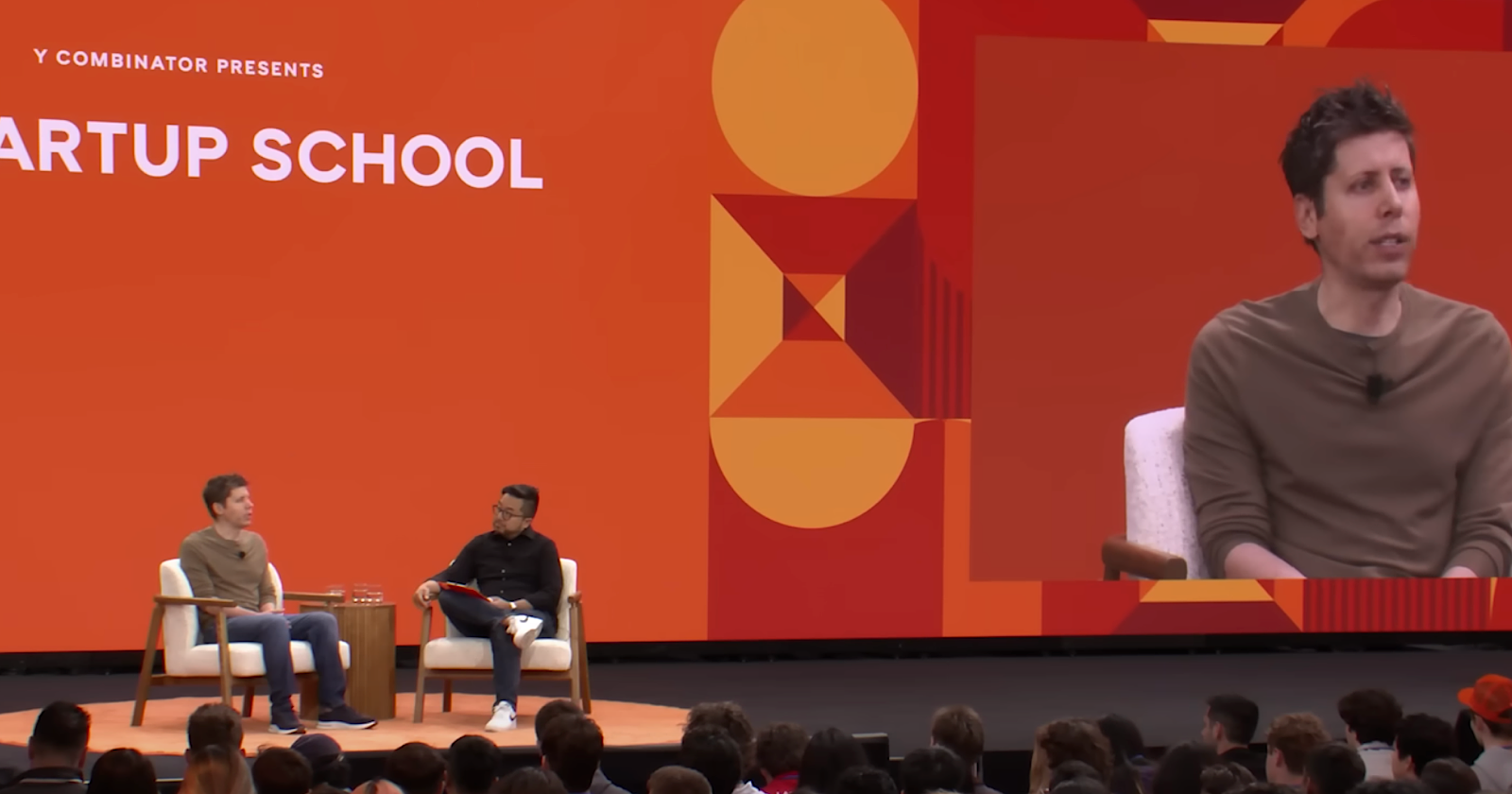







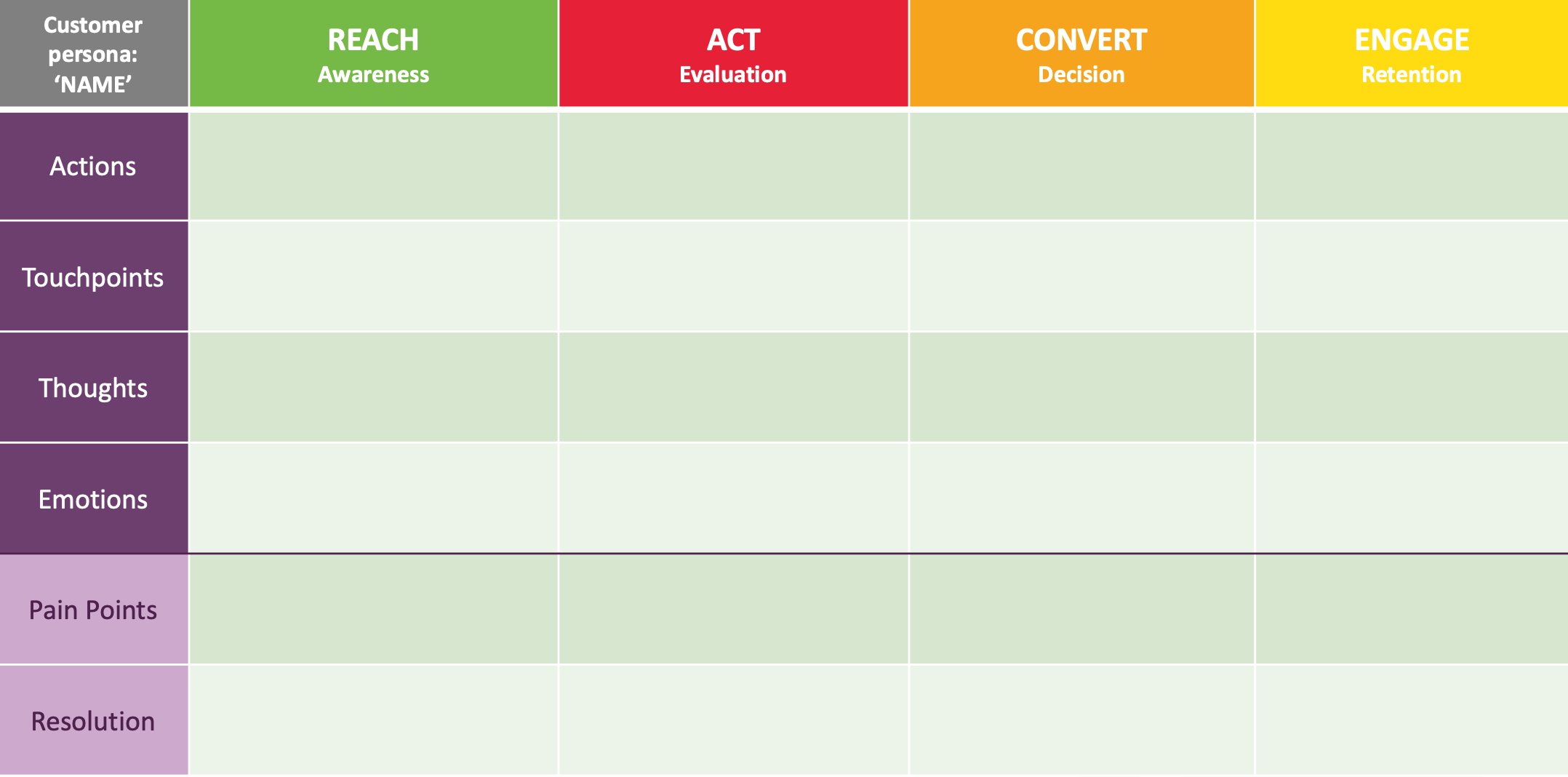


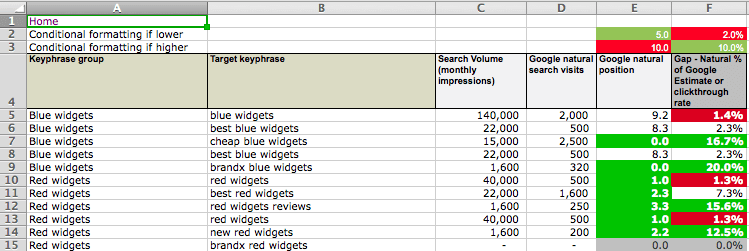












![The 11 Best Landing Page Builder Software Tools [2025]](https://www.growthmarketingpro.com/wp-content/uploads/2024/04/best-landing-page-software-hero-image-1024x618.png?#)




































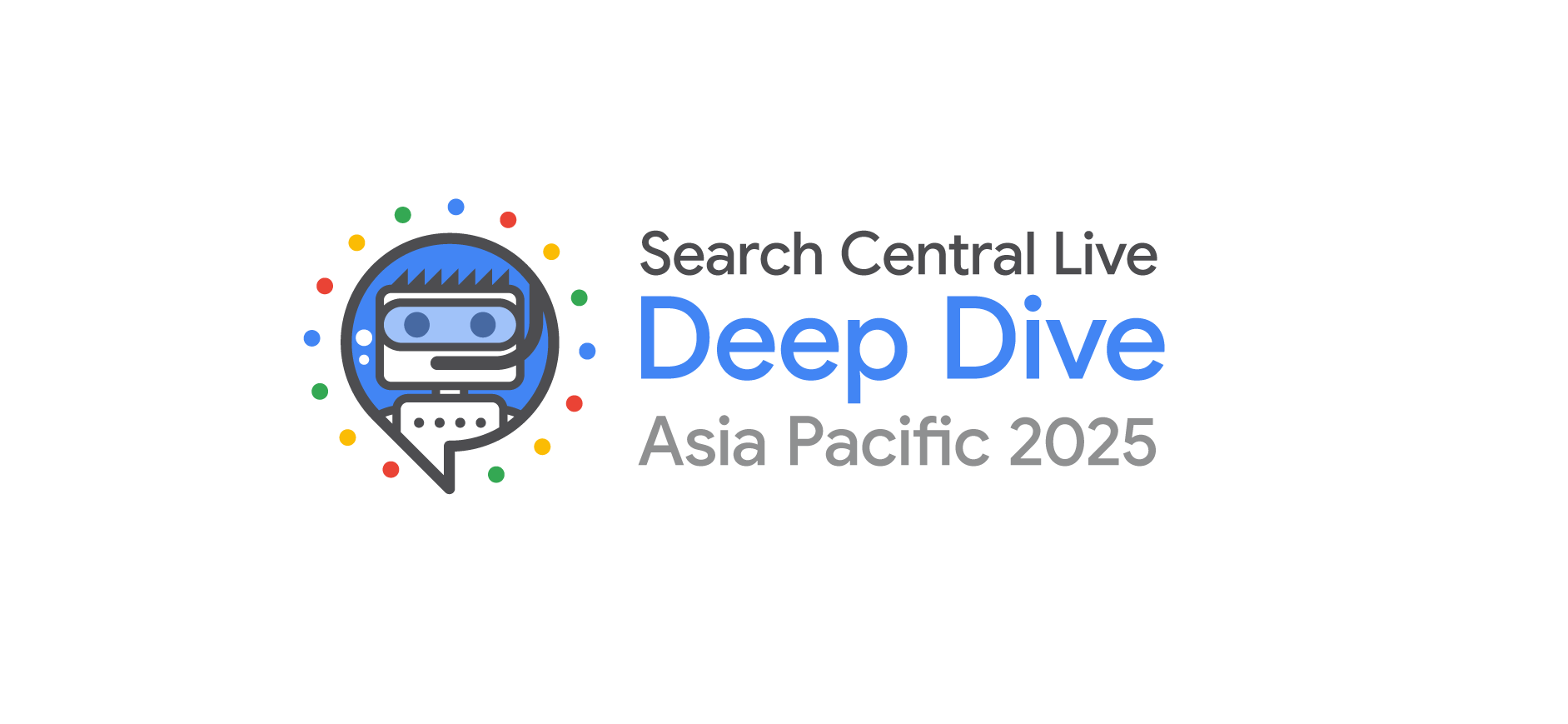


![How to Create an SEO Forecast [Free Template Included] — Whiteboard Friday](https://moz.com/images/blog/banners/WBF-SEOForecasting-Blog_Header.png?auto=compress,format&fit=crop&dm=1694010279&s=318ed1d453ed4f230e8e4b50ecee5417#)




![What Is a Markup Language? [+ 7 Examples]](https://static.semrush.com/blog/uploads/media/82/c8/82c85ebca40c95d539cf4b766c9b98f8/markup-language-sm.png)







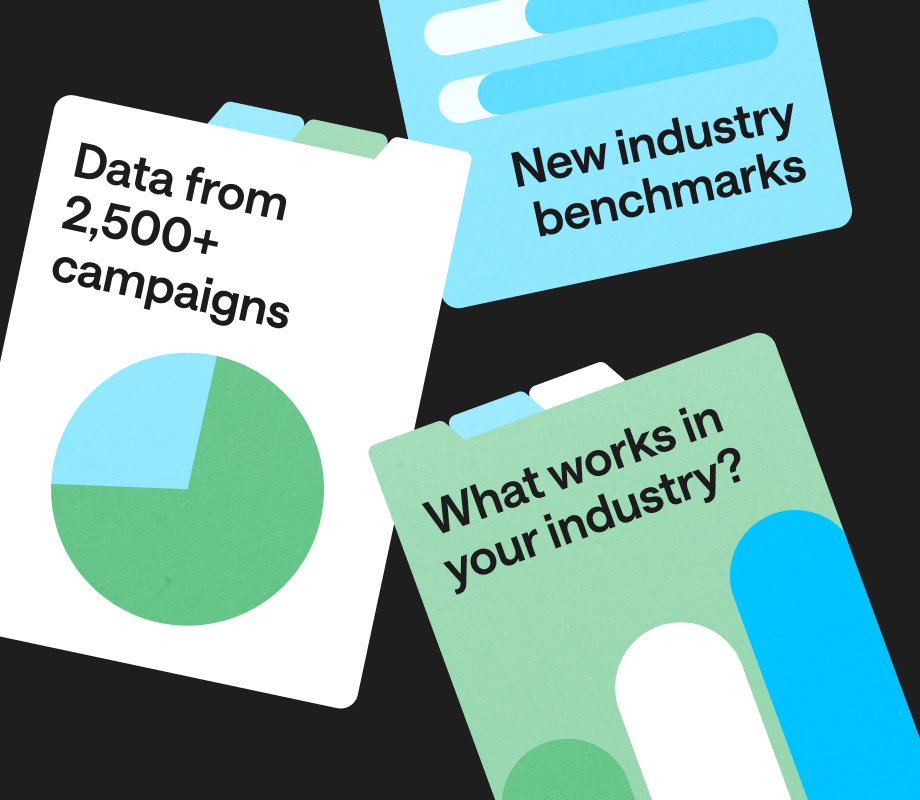
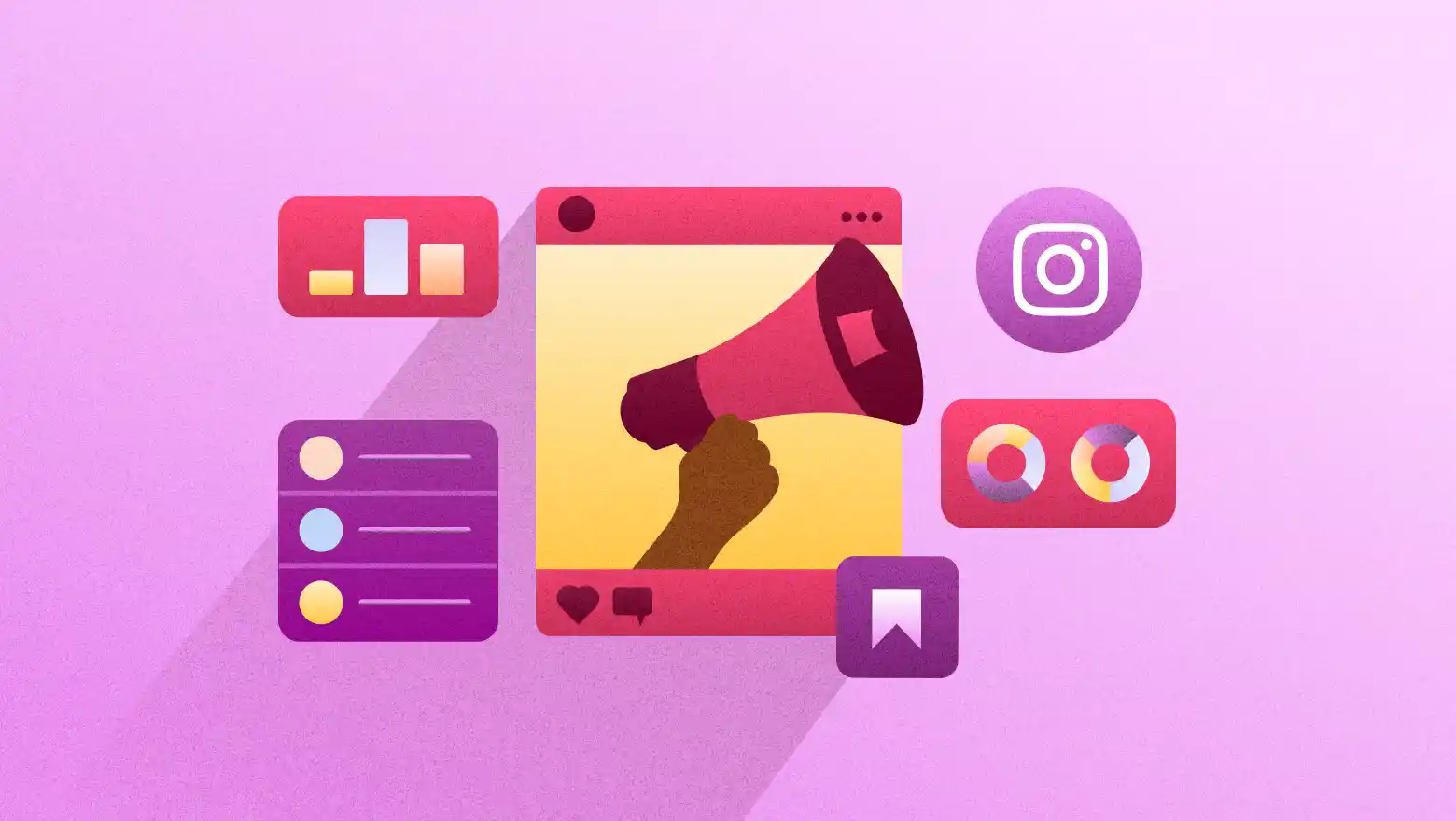
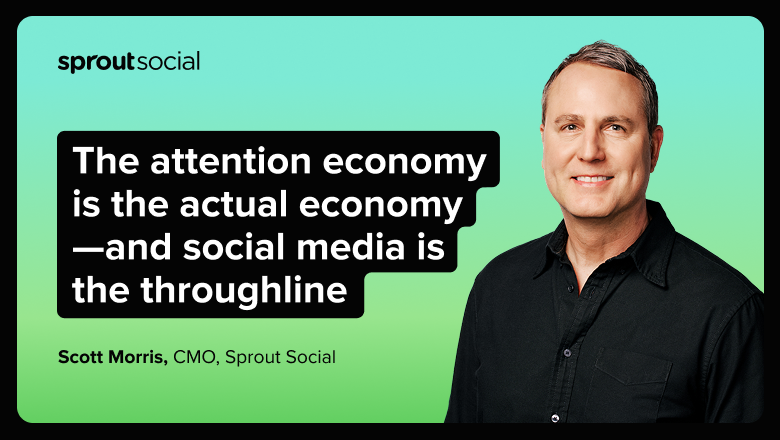
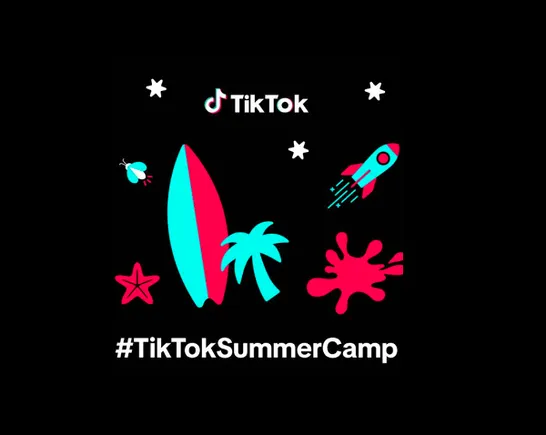
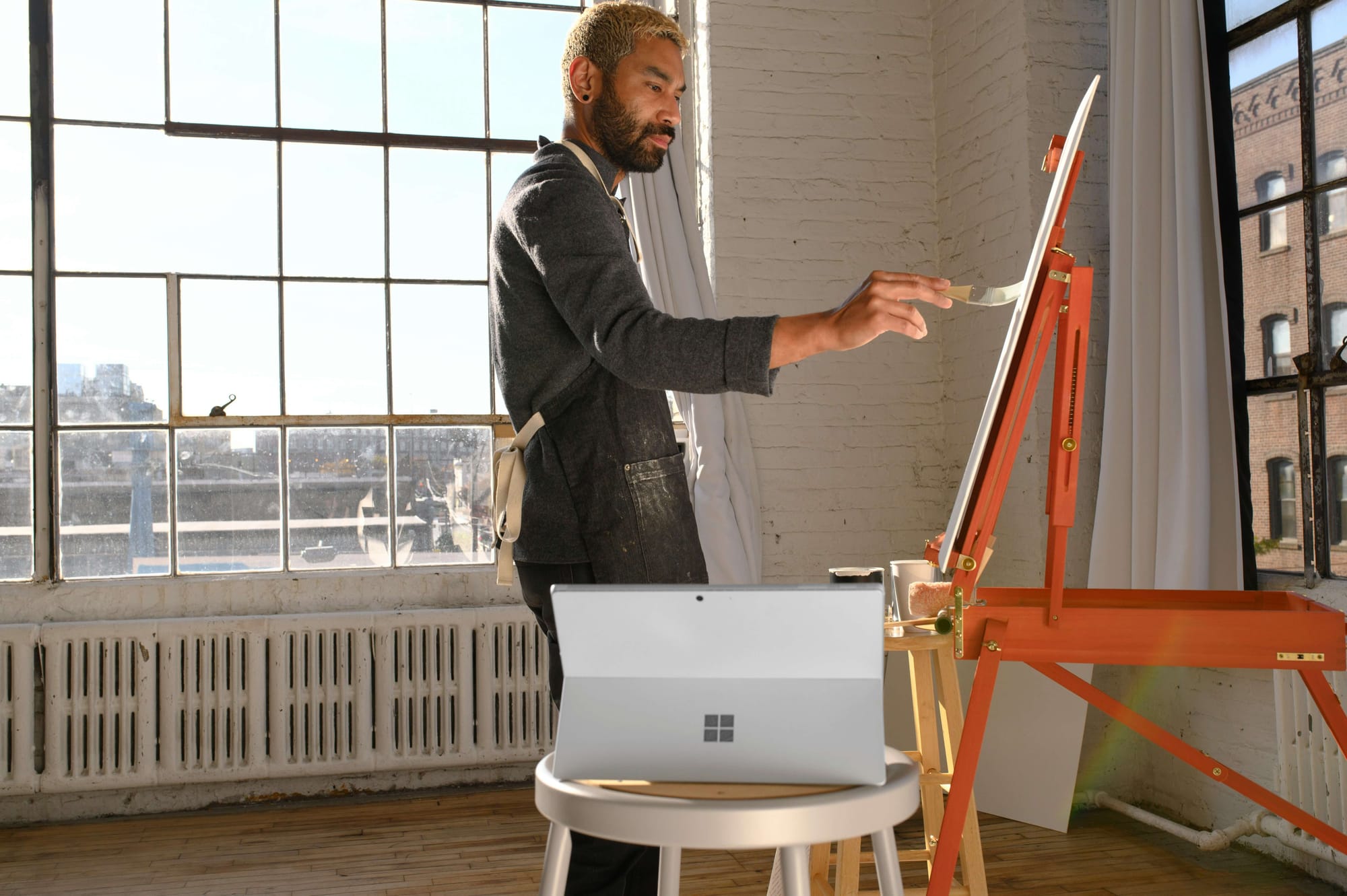








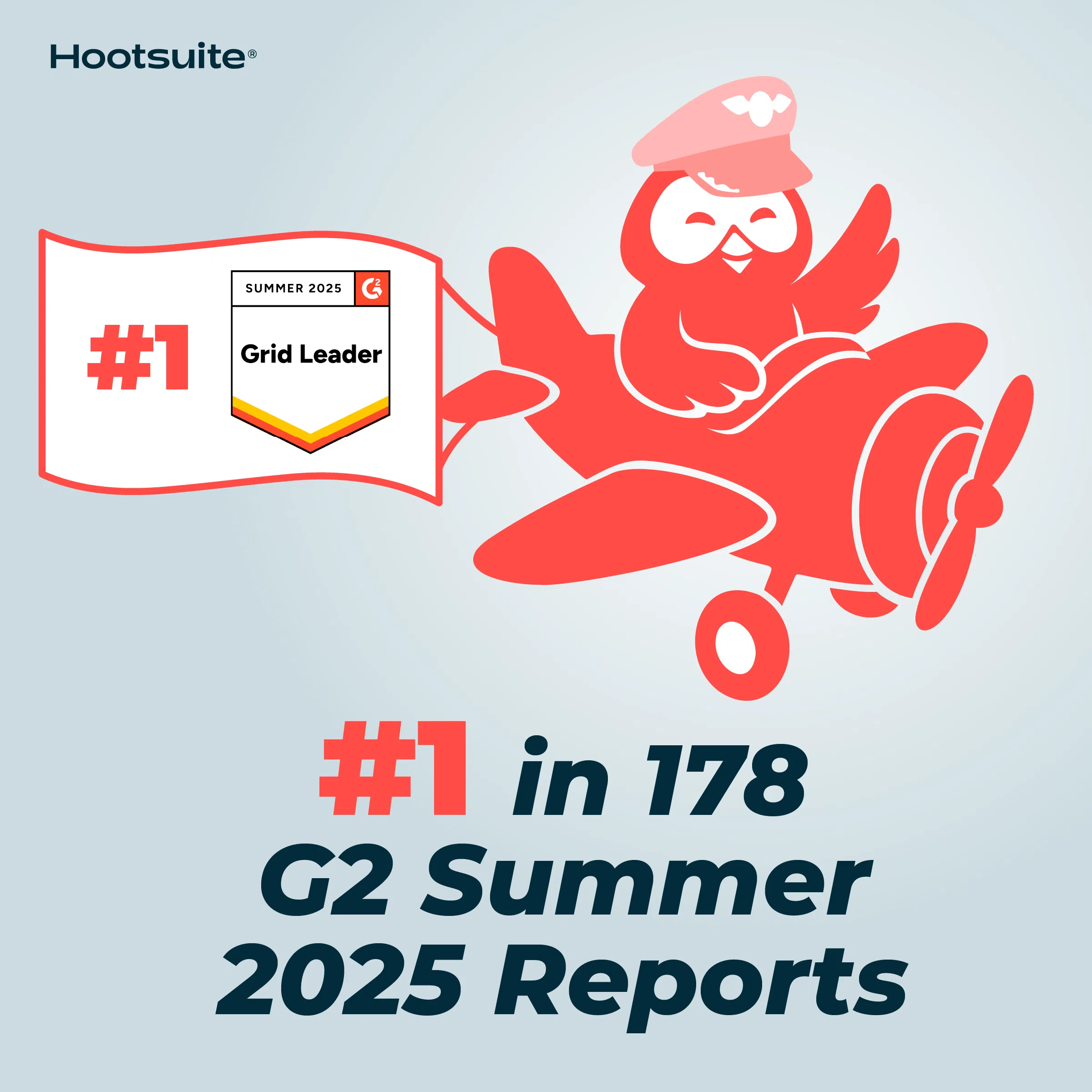
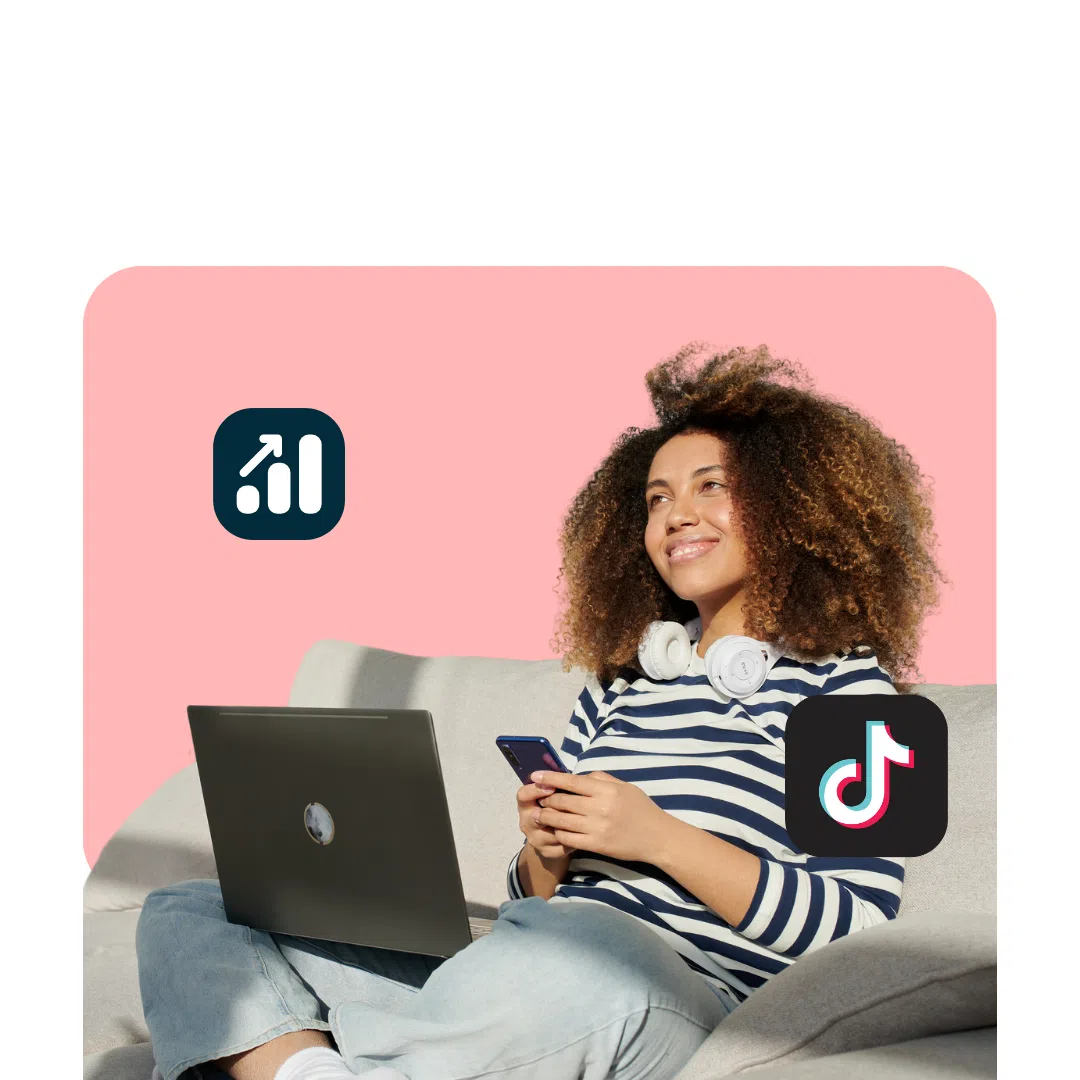





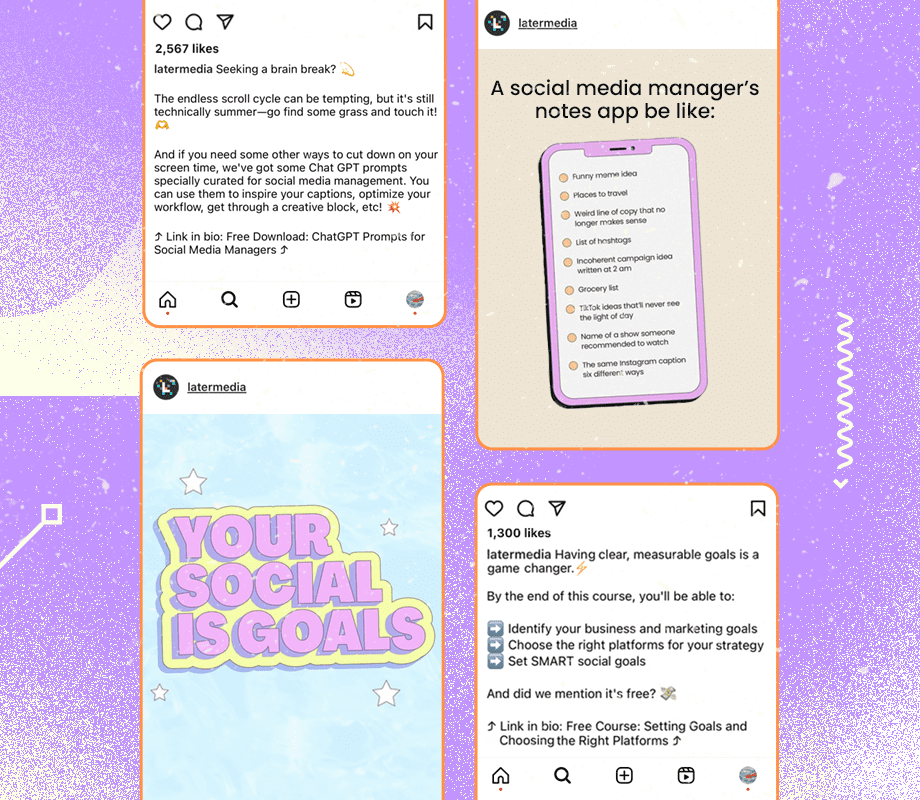
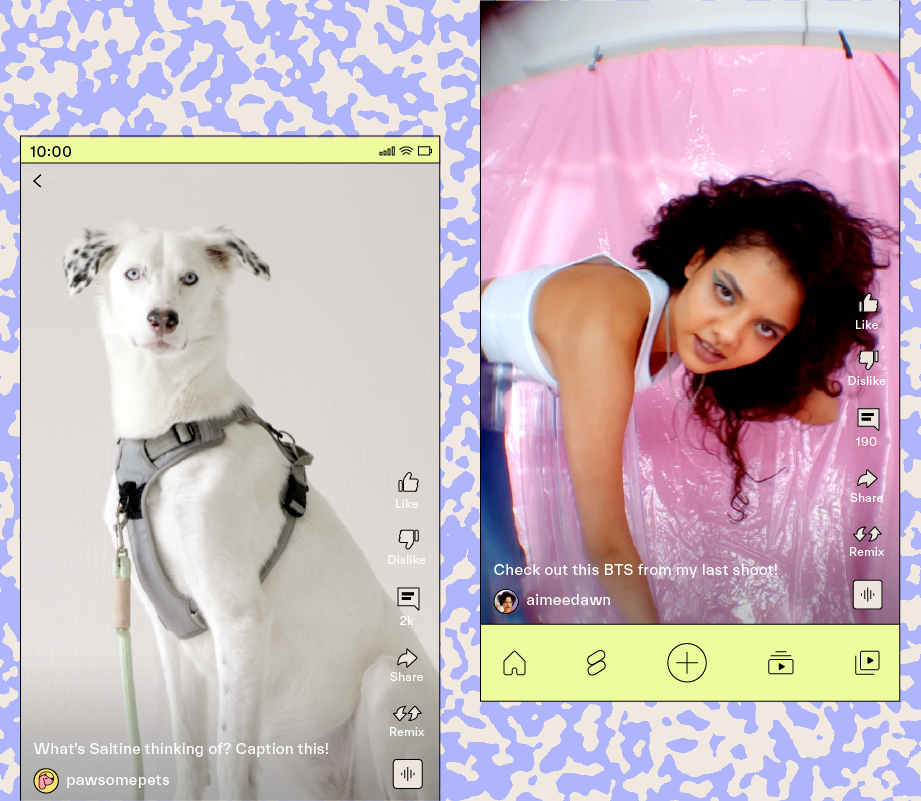




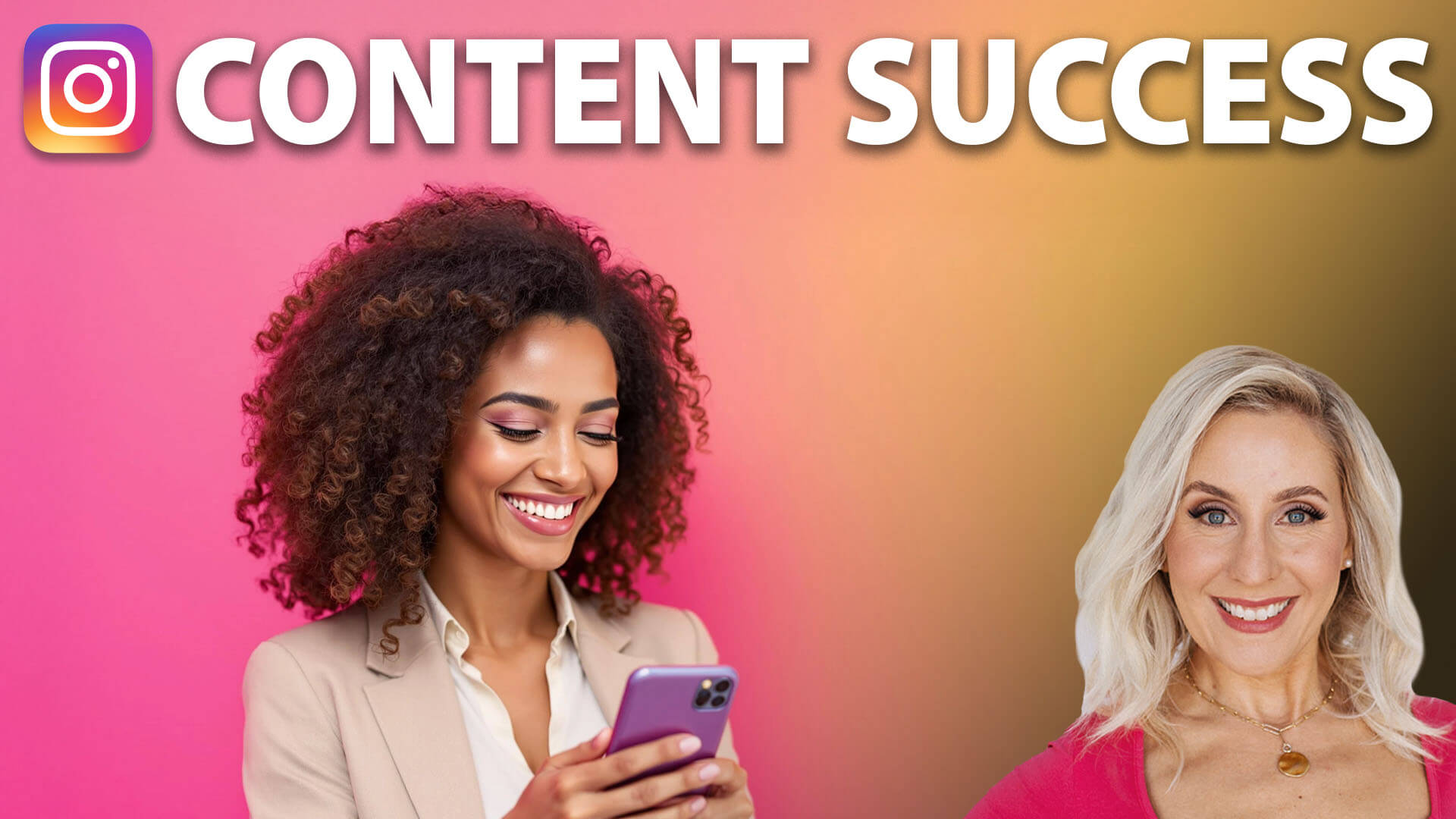




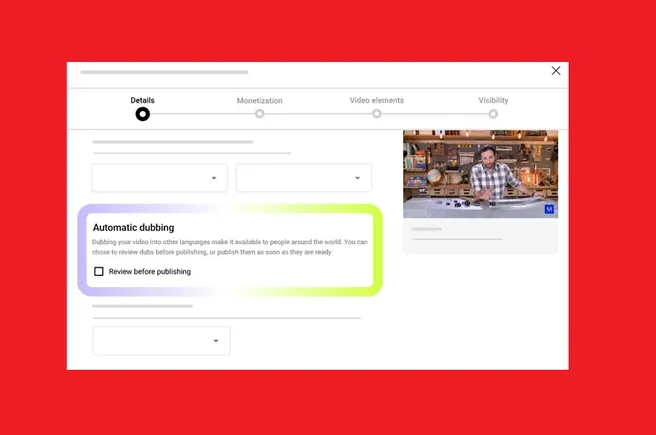

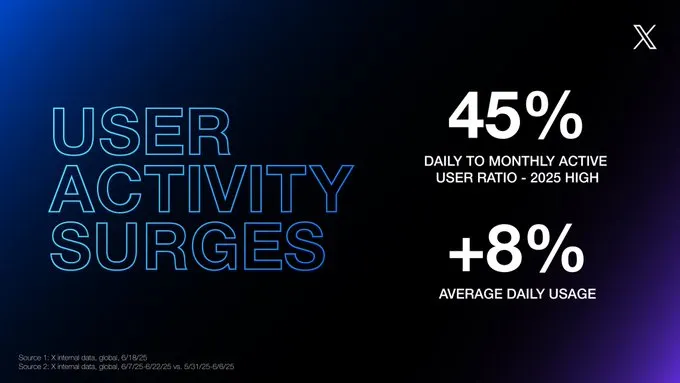



![Download Now: The 2025 State of Social Media Trends [Free Report]](https://no-cache.hubspot.com/cta/default/53/3dc1dfd9-2cb4-4498-8c57-19dbb5671820.png)


